The commander might not have ejected due to gigantic overloads
The commission will have to understand the causes of the disaster in the Stavropol region of the Tu-22M3 long-range bomber returning from a combat mission. According to the honored military pilot of the Russian Federation, Major General Vladimir Popov, the plane probably crashed due to a technical failure, as a result of which a “titanium fire” could have occurred on board, which is almost impossible to extinguish. A military expert explained why the crew commander did not eject after the other pilots.
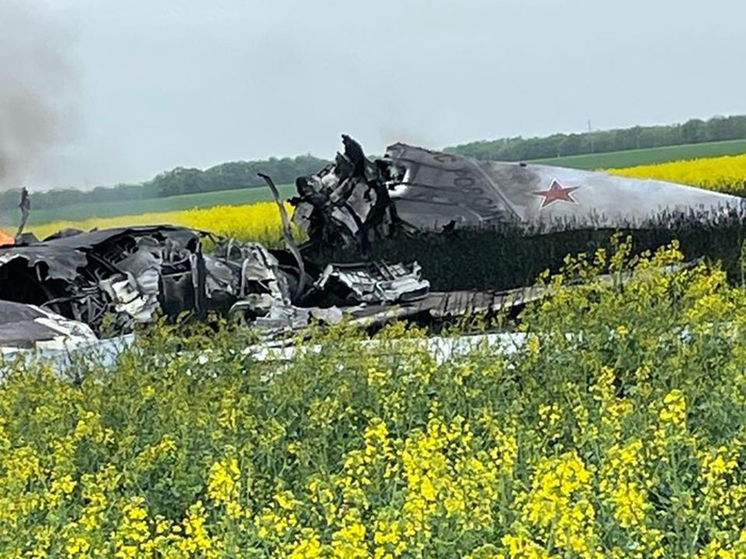 Photo: social networks of the Governor of the Stavropol Territory Vladimir Vladimirov
Photo: social networks of the Governor of the Stavropol Territory Vladimir Vladimirov
Let us remind you that on Friday, April 19, a Tu-22M3 crashed in the Stavropol Territory. The commander forcibly ejected the assistant, the navigator-navigator and the navigator-operator and until the last minute drove the car away from residential areas. As a result, the crew members were found and sent to the hospital. The crew commander died.
The Armed Forces of Ukraine rushed to chalk up the Tu-22M3, but in fact a technical malfunction led to the disaster. Military expert Vladimir Popov also shares this point of view. In a conversation with MK, the honored military pilot said that the Ukrainian anti-aircraft missile simply would not have reached Stavropol.
— In order for an anti-aircraft missile to fly to the Stavropol region, it needs to fly over the entire Sea of Azov, the Rostov region and only then approach the foothills of the Caucasus. Ukrainian air defense simply does not have such missiles. We must take into account that our radars track the flight of anti-missile missiles of a neighboring state. We would not allow this.
— I insist on a technical reason. From my point of view, the engine failure could have occurred due to a «titanium fire» of the engines. This doesn't happen often, but it does happen.
— This can happen as a result of destruction of the bearings of the main shaft of the engine — turbine or compressor. In this case, the compressor or turbine blades begin to touch the metal parts inside the main body. And since they are titanium, heat-resistant, very powerful, when they touch, they begin to knock out a spark, which begins to melt the metal. Such a jet cuts everything. Putting out a fire by an aircraft's fire safety system is virtually impossible. That is, it is extinguished for a second, and then the fire resumes. The flame turns into hot metal, which can cut the elevator control system or wing elements.
— There may be several reasons. Most likely, until the last minute he steered the plane away from a populated area or some infrastructure facilities — a powerful power line, a factory or a gas storage facility. Pilots know these special restricted areas when the public may not even be aware of their existence. In addition, the commander could hope that he would still have time to land the plane outside the airfield on a field.
— Saving an expensive car is not even the main thing, the main thing is to give the specialists the opportunity to thoroughly understand after landing as the cause of the breakdown. Therefore, it is important to save the plane so that the designer can then carry out an analysis not based on broken parts.
— Yes, there could have been a shortage of time. I was counting on one outcome, but I saw that the plane could fall on the edge of a village or town and, accordingly, I tried to turn around and wait. But due to the overloads — everyone saw how he was spinning in the air — he could even lose consciousness and simply did not have time to pull the handles of the catapult at the last moment. Unfortunately, this also happens. The overloads are very large — for example, you hit your helmet, your head on the cockpit panel, or your chest on the control stick. By the time I got my breathing back on track, and then there was the ground, it was all too late…
Perhaps the power supply system, which gives the ejection command, had already been cut off. That's why he didn't eject.

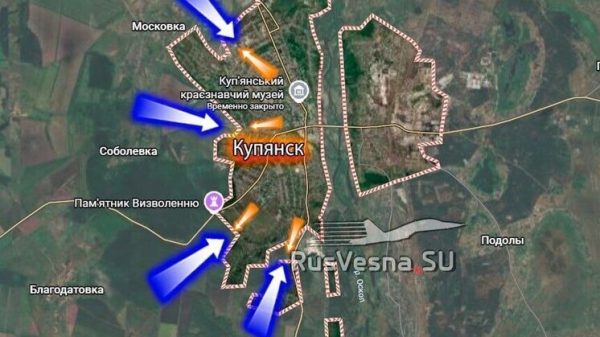







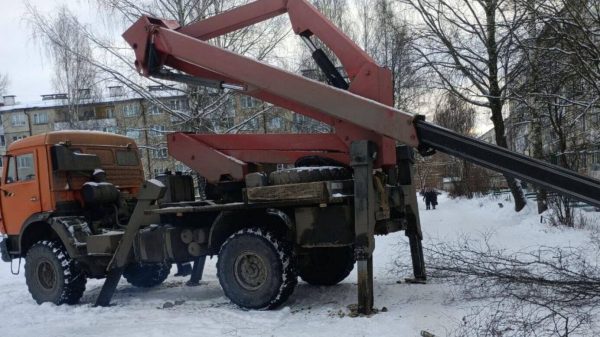

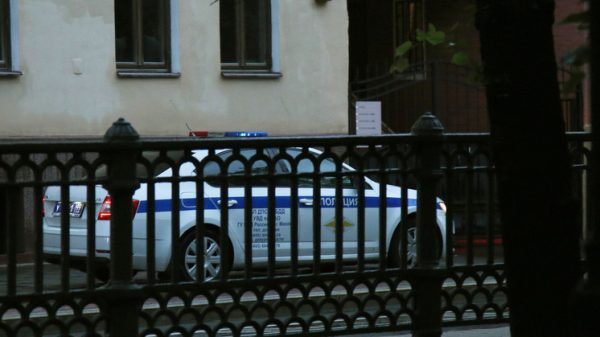

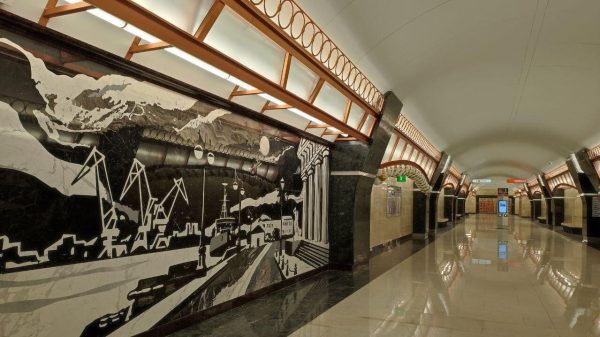








































Свежие комментарии